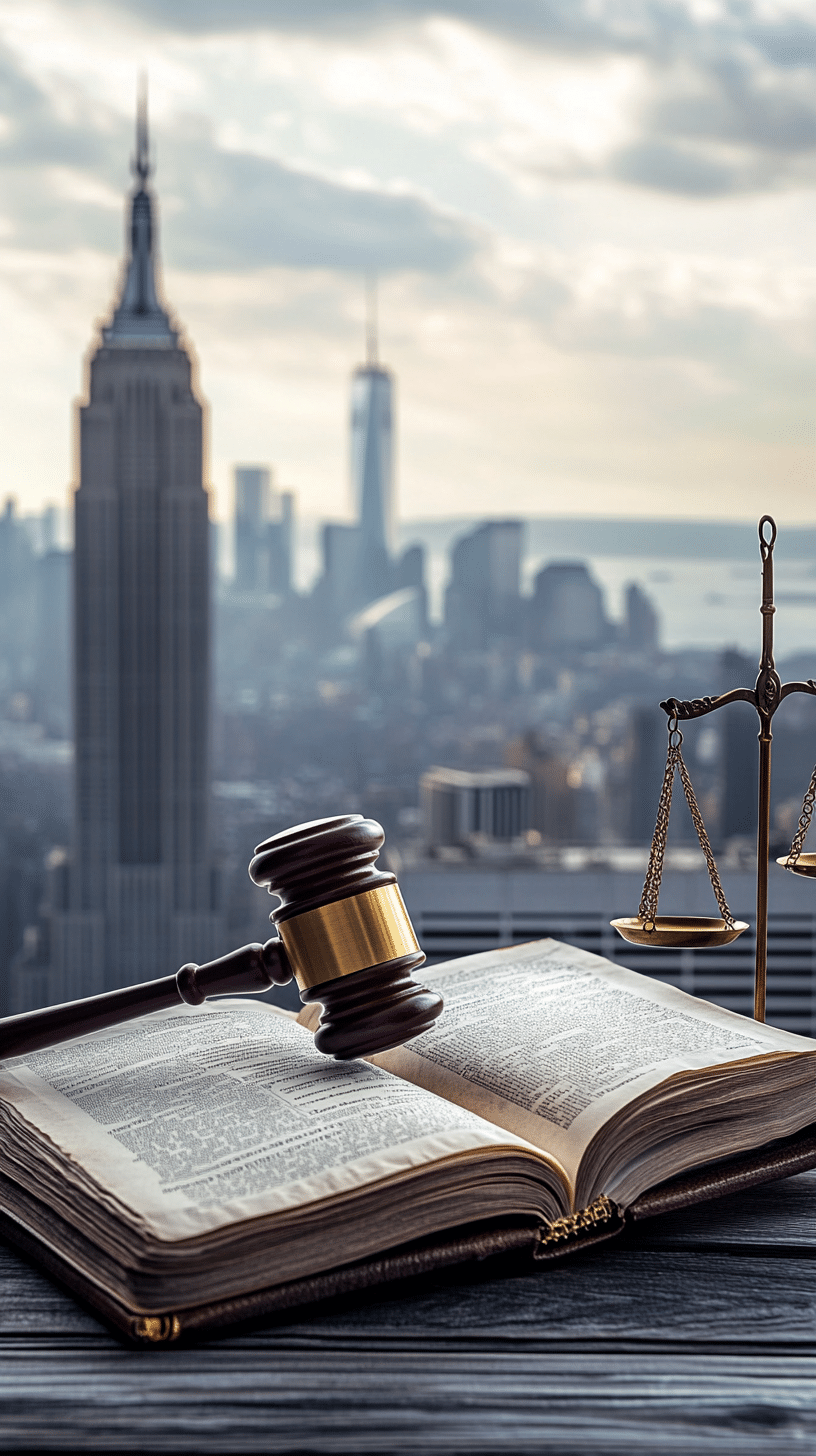New Horizon Surgical Ctr., L.L.C. v Allstate Ins. Co., 2016 NY Slip Op 51124(U)(App. Term 2d Dept. 2016)
(1) “This court has held that chiropractors cannot perform MUA in New York because it is considered a surgical procedure and only physicians may perform. Therefore opinion of chiropractor is not sufficient to establish lack of medical/chiropractic necessity of MUA or surgical center charge.” A judgment awarding plaintiff the principal sum of $7,790.60 was entered pursuant to the decision.
(2) “Dr. Portnoy’s testimony, which the court found credible, demonstrated a factual basis and medical rationale for the determination that there was a lack of medical necessity for any further chiropractic treatment, including the MUA procedure at issue (see Alev Med. Supply, Inc. v[*2]Government Employees Ins. Co., 40 Misc 3d 128[A], 2013 NY Slip Op 51096[U] [App Term, 2d Dept, 2d, 11th & 13th Jud Dists 2013]) and, by extension, the facility fee which was sought in the claim in question.”
(3) “Thus, the burden shifted to plaintiff to present evidence as to why that additional treatment was needed either because plaintiff’s assignor’s condition had changed after the IME or because Dr. Portnoy’s opinion following the IME was erroneous. As plaintiff called no witnesses to rebut defendant’s showing of a lack of medical necessity (see West Tremont Med. Diagnostic, P.C. v Geico Ins. Co., 13 Misc 3d 131[A], 2006 NY Slip Op 51871[U] [App Term, 2d Dept, 2d & 11th Jud Dists 2006]), the Civil Court should have dismissed the complaint.”
(4) “In view of the foregoing, we need not decide whether the Civil Court erred in finding that chiropractors cannot perform MUA procedures in New York.”
There are four issues that require discussion. First, the Court kicked the issue down the road involving whether a chiropractor can perform MUA in New York. Second, the Court explicitly held that the facility fee “by extension” would be covered within a lack of medical necessity defense. Does this mean the CPM fits within a lack of medical necessity defense to surgery?
Third, we have what to me is the most interesting discussion of how to defeat an negative IME. The Court said Plaintiff bore the burden to prove: “plaintiff’s assignor’s condition had changed after the IME or because Dr. Portnoy’s opinion following the IME was erroneous.” We said the ebb and flow, wax and wane in collateral estoppel decisions earlier this year. To me, this has an arbitration angle. Assume the plaintiff does not have the relished contemporaneous records. Now, a provider can argue that the condition obviously changed (assuming you believe the IME) and compensation is owing. And if there is a contemporaneous record, then it is argued that the IME doctor “made an error”.
This case can be dangerous.












